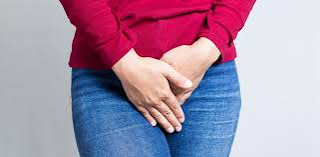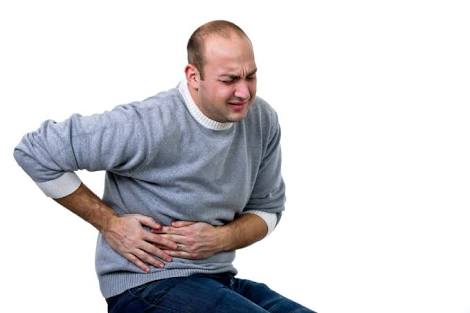Incontinence
Urinary Incontinence
Introduction
For an infant, bedwetting is considered normal as the child is not toilet trained. However for those who are ,it becomes embarrassing with increasing age. Involuntary loss of urine or incontinence is considered common, especially as people age, but that is anything but true - incontinence at any age, is not normal.
In men, it may happen due to age and neurodegenerative disease such as Parkinsons, dementia. multiple sclerosis or stroke. However in women, incontinence is a major unrecognised problem due to socio- cultural implications. They are in denial and in most cases, suffer silently. Women with advancing age have oberactive bladders, especially in diabetes, but it is managed by medications.
Cause
Stress incontinence : This kind is the most common one and happens in women who have normal delivery durning childbirth, This is due to stress on their pelvic muscles during delivery - they become week. Nearly half of the women above the age of 50 who have also given birth face stress incontinence. Those who have eleted caesarean delivery usually have lesser chances of devoloping this condition. There are grades of this kindof incontinence grade 3 being the highest, where the leak is highest, where a leak happens even if someone is getting up from a lying down position.
Urgency incontinence : The term refers to a sudden and strong need to urinate and is reffered to as an unstable or overactive bladder, or detrusor instability. The cause of urge incontinence isn,t understoodwell.But in all likelihood, chances increases as we age, Symptoms may get worse at times of stress, and by caffiene in tea, coffee and fizzy drinks or alcohol. Constipation (not being able to empty the bowel or having difficulty doing so). an enlarged prostrate gland or simply a long history of poor bladder habbits may also cause this kind of incontinence.
Mixed incontinence : Since mixed incontinanse is typically a combination of stress and urge incontinence, it shares symptoms of both. One can expiereance urine leakage as they sneeze, cough, laugh., do jarring excercises, lift something heavy after a sudden urge to urinate, while sleeping, after drinking a small amount of water, touching water or hearing it run.
Continous incontinance : It is type of incontinence in which there is continous leakage of rine, which may occur due to lack of Sphincter control or fistulae (abnormal communication between urinary tract and vagina)
Diagnosis
Some of the diagnostic tests and treatments for incontinence include:
Bladder Diary : It is a chart depicting the amount of fluid taken and the amount of urine voided.
Bladder stress test : The doctor checks to see if you lose urine when coughing. This could indicate stress incontinence.
Ultrasound : An imaging test perfomed to visualise inner organs such as the bladder, kidney and uretors.
Uroflowmetry: Graphical reprentation of urine flow.
Some of the diagnostic tests and treatments for incontinence include:
Bladder Diary : It is a chart depicting the amount of fluid taken and the amount of urine voided.
Bladder stress test : The doctor checks to see if you lose urine when coughing. This could indicate stress incontinence.
Ultrasound : An imaging test perfomed to visualise inner organs such as the bladder, kidney and uretors.
Uroflowmetry: Graphical reprentation of urine flow.
Lifestyle
Diet
Treatment
flow.After ascertaining the gravity of the case, it is decided whether a surgical or non- surgical intervention is needed. Non surgical ways consist of :
Behavioural therapy : Which includes decreasing the fluid intake and avoiding caffeinated beverages.
Pelvic floor excercises (Kegesl),
Medical Therapy
Surgical Therapy
Majority of patients can be managed by simple behavioural and medical therapy only 10% need surgical therapy.
flow.After ascertaining the gravity of the case, it is decided whether a surgical or non- surgical intervention is needed. Non surgical ways consist of :
Behavioural therapy : Which includes decreasing the fluid intake and avoiding caffeinated beverages.
Pelvic floor excercises (Kegesl),
Medical Therapy
Surgical Therapy
Majority of patients can be managed by simple behavioural and medical therapy only 10% need surgical therapy.




Comments
Post a Comment